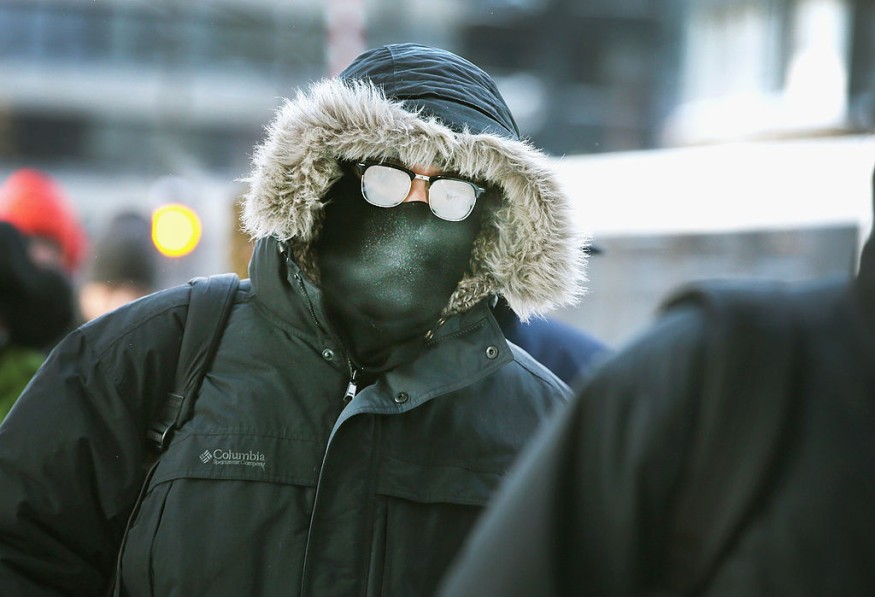
The polar vortex is coming. So what's the matter?
The polar vortex is a vast mass of cold air way up in the atmosphere that usually revolves over the North Pole, everyone's favorite winter whipping kid (as its name suggests).
Still, a few vortex regions will slosh back into North America due to a meandering jet stream and backing up the cold air down the northern hemisphere.
Collapsing Polar Vortex?
In late December 2020, a Polar Vortex collapse series started with a significant Sudden Stratospheric Warming occurrence on January 5, 2021. Experts are looking at the sequence of these incidents and how the weather in Europe and the United States will adjust during the next few weeks.
The failure of the Polar Vortex could be the culprit behind this cold weather. Experts say that the coming snowstorms are compatible with weather forecasts in the United States and Europe that forecast extreme winter weather to arrive in the coming weeks.
The weather forecasts predicted that the disturbances would fit the trend of polar vortex disruptions seen last year during the northern winter, which in December and January culminated in freezing conditions throughout the United States and a serious cold snap across the United Kingdom in March.
Is Climate Change Behind It?
There is a lot of discussion within the meteorological community on whether or not this polar vortex breakup is becoming more widespread.
Some experiments indicate that it is, and some experts argue that this is related to global climate change.
Jennifer Francis is a senior scientist at the Woods Hole Science Centre who explores the effects and remedies of climate change.
In the Arctic, she suggests, falling sea ice can be related to shifts in the polar vortex.
She told the New York Times that the dark, raw water retains more heat than reflective ice, creating hot spots.
She suggests that this hot spot, coupled with climate change-driven shifts in the jet stream, may trigger the polar vortex to break down.
But that's divisive material. A climate scientist at Oxford University, Tim Woolings, is not sure that we are witnessing a big shift.
The atmosphere is a very noisy environment, he states, and there is no substantial proof that certain incidents arise more often.
Impact of Polar Vortex

Hannah Attard, an associate professor of atmospheric sciences at Daytona Beach, Florida's Embry-Riddle Aeronautical University, told The Washington Post that the atmosphere is normally not as thrilling with a powerful polar vortex as when we have a weak polar vortex.
If you get a solid polar vortex, it's really trying to seal up all the cold weather at the poles, because you're not going to have any mid-latitude undulations that make the cold air leak out, Attard said.
That appears to be the case over the next few weeks, delaying at least the start of winter's mischief.
Although the polar vortex has earned such strong analysts, this one is assumed to be aligned with the general mild weather that began in December 2020.
Judah Cohen, director of seasonal forecasts at Atmospheric and Environmental Studies, said that La Niña might also help the polar vortex to stay high by taking form over the eastern Pacific.
Attard decided that she didn't see any proof to break things down or make it wavy and thrilling. She feels the polar vortex is going to hold the cold weather locked up north.
Check out more news and information on Climate Change on Science Times.










